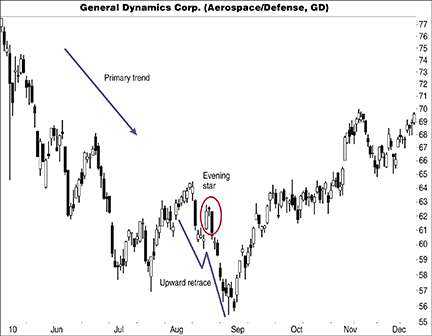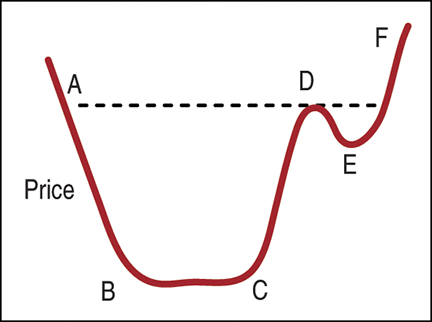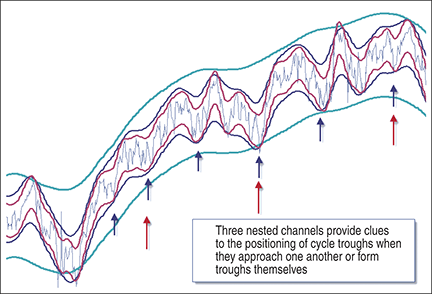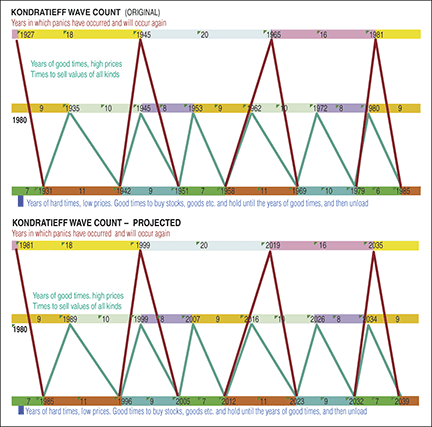India is in a situation similar to that in 1991. "And the government is as committed to reforms as it was then." These are the words of our Prime Minister, Dr. Manmohan Singh. He has assured business houses and leaders that the government is committed to economic reforms. These are much needed to steer the country into the next phase of growth. These reforms are targeted to make the economy more competitive on the global stage. As per Dr. Singh, these reforms would also help in curbing corruption as they would put in place a self-checking vigilance system and help in curbing discretionary powers. In lines with this, he stated that the only way the reforms could be put in place would be to allow the Parliament to function smoothly. He also emphasized that theGoods and Services Tax (GST) system would be operational by 2012.
These words of the PM are welcome in the current scenario. However, people of the country are now looking at how soon these words are converted to action. The people, especially the industrialists, are no longer content with words but are looking forward to seeing the implementation of these promises. And if reforms are as progressive and radical as those made in 1991, then they would definitely be a welcome boost for the growth of the economy.
These words of the PM are welcome in the current scenario. However, people of the country are now looking at how soon these words are converted to action. The people, especially the industrialists, are no longer content with words but are looking forward to seeing the implementation of these promises. And if reforms are as progressive and radical as those made in 1991, then they would definitely be a welcome boost for the growth of the economy.


 basis of the process presented in the Cycles Course, whereas many people read the Profit Magic book and go no further, with the consequence they never discover the more effective process presented in the Cycles Course.
basis of the process presented in the Cycles Course, whereas many people read the Profit Magic book and go no further, with the consequence they never discover the more effective process presented in the Cycles Course.

